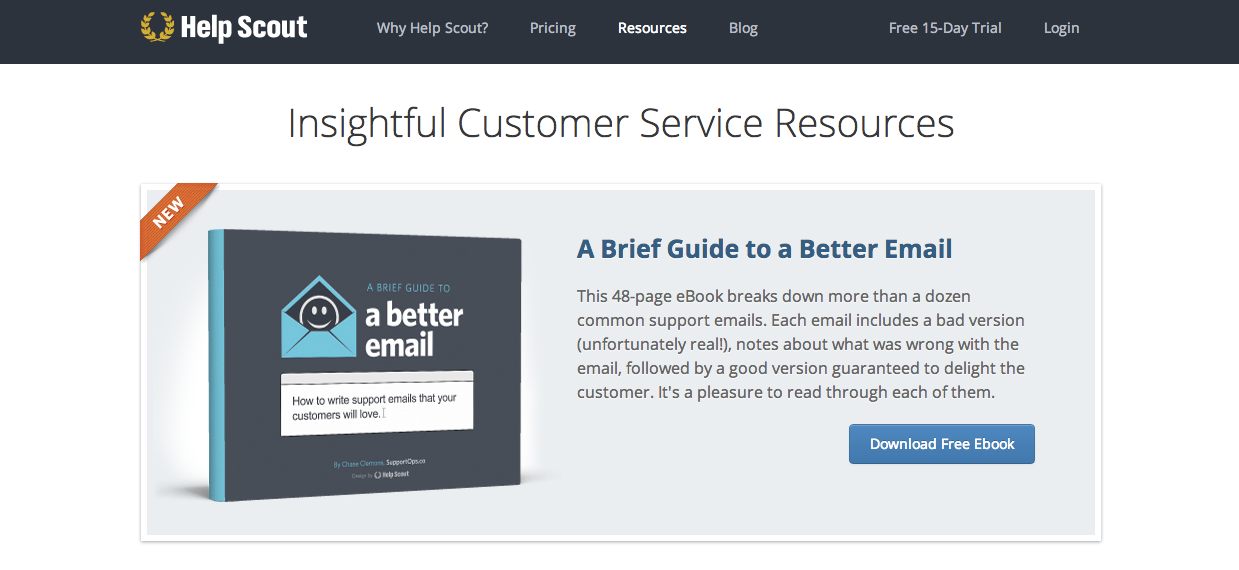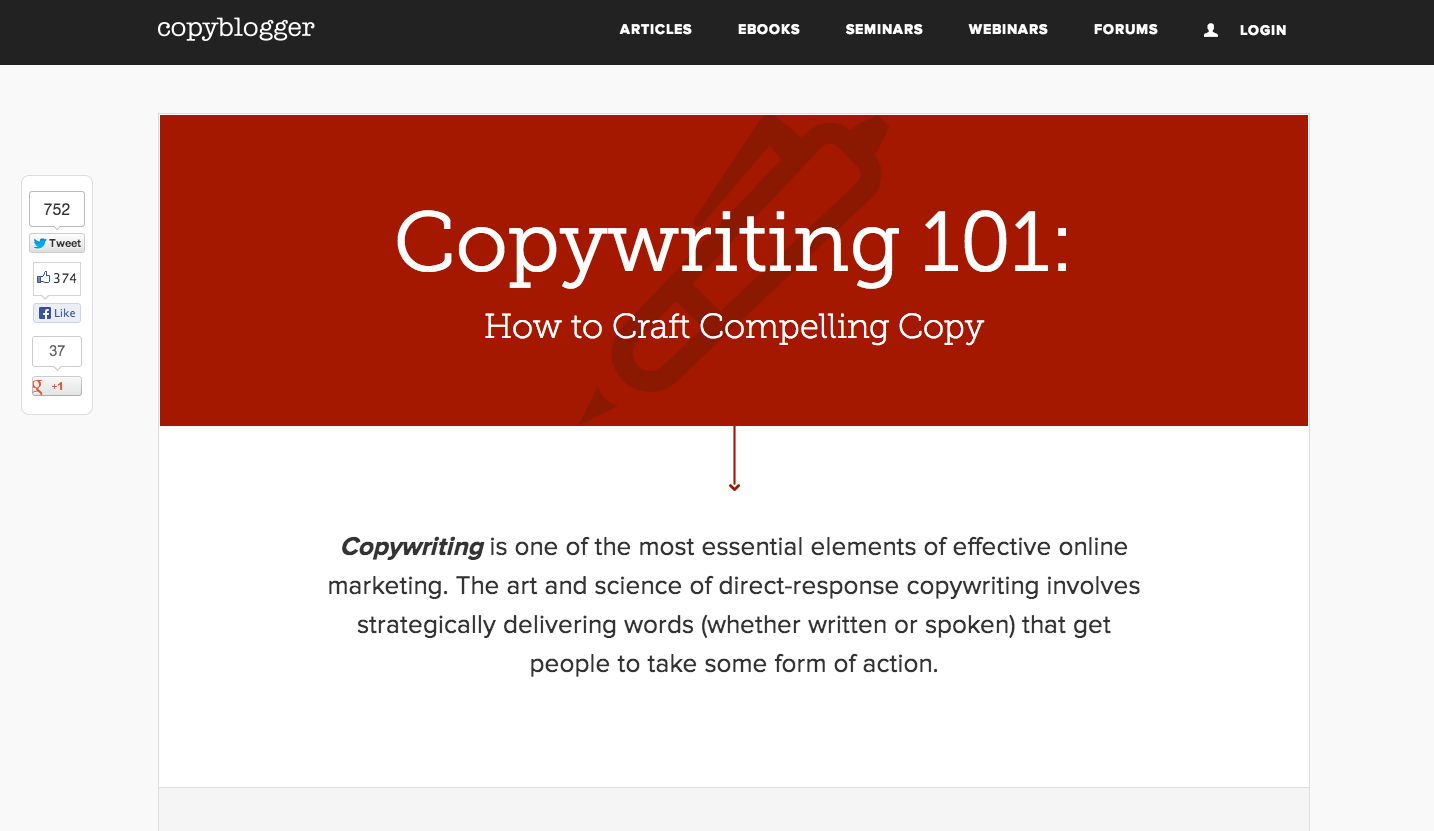Make More Money: 4 Ways To Get More Email Subscribers
-
UncategorizedUpdatedPosted:
On this page
If you send email to your customers or leads then there is no doubt you’ve asked yourself:
How can I get more email subscribers?
Naturally the more customers at the top of that email marketing funnel the better off you’ll be (but don’t forget customer retention either).
There is no ‘quick fix’ when it comes to increasing your email subscribers. Just like conversion optimization within your product, your email marketing campaigns or on your landing pages it is a trial-and-error process. What you can do is test lots of different ideas to increase the number of visitors to your website that become email subscribers.
Here are four strategies to maximise the number of email subscribers you get from your web traffic!
1. Offer an incentive
Perhaps one of the most common strategies to get more customers subscribing is to offer an incentive.
For B2B businesses this is generally an eBook, an infographic, access to an email marketing course or some other information product that you can share with your customers.
For B2C businesses it is usually a discount or access to another part of the product, for example a level in a game.
The idea is to think of something that your customer will find valuable, that you can afford to give away and that will directly drive them toward a goal.
Take, for example, the eBook offered by Peep over at ConversionXL:
Not only is the guide a great incentive to get more subscribers but it is also designed to get you in the mood for conversion optimization. It’s aim is to give you just enough awesome information that you’ll do one of two things:
- Come back and read more of Peep’s great posts, or
- Purchase something from Peep, getting the ConversionXL team to optimize your own landing page and save you the challenging task of nailing his optimization guide yourself.
By giving away a free guide with practical, valuable advice ConversionXL drives visitors to subscribe, and, ultimately convert in a meaningful way.
Another great example of offering something of value comes from Help Scout, whose resources page offers eleven different, FREE, eBooks and guides that you can get your hands on in exchange for your email address.
A savvy strategy a resources page is great for SEO, sharing and highlighting the amount of awesome material Help Scout has produced and given away.
Offering as much awesome content as these guys do is a sure-fire way to get more email subscribers. A resources page is also a fantastic page for other bloggers and businesses to link to, making it a natural lead generation machine.
So, what can you offer visitors to turn them into subscribers?
2. Be bold
How up-front are you when asking for your customers’ email addresses?
When we started the Vero blog we had a small subscription form on the right hand side. It converted well but, through experimentation, we have arrived at the big header you see above:
…by switching to this header bar, we doubled the number of Vero subscribers each week, overnight. Pretty impressive for a simple change that took less than 20 minutes! If you choose your style and format wisely then you can get away with this sort of upfront request for a customer’s email. Our header aims to be polite and to focus on value. It works very well.
KISSmetrics have recently been doing something similar using Bounce Exchange. Using their ‘exit intent’ technology, Bounce Exchange automatically delivers a pop-up with an alternate incentive to certain website visitors. By targeting visitors that have already shown they are unlikely to convert directly to your standard goal (e.g. a trial signup) you can get more subscribers out of traffic you’re already getting.
…incidentally, ConversionXL are using this too:
Setup a similar popup somewhere on your site or blog that targets customers who you know have not converted to your primary goal.
3. Create dedicated subscription pages
Having a dedicated page to capture an email address is a really powerful strategy.
Perhaps the best examples of this come from Copyblogger. Using a series of dedicated pages for Content Marketing, Copywriting, SEO Optimization, etc. CopyBlogger drives customers to signup using long-form sales copy that they otherwise couldn’t deliver via a popup or on the side of a blog post.
Just like the Help Scout example up above, these pages also become a ‘link-center’ as they are targeted, have great URLs and are share-able (I’ve just linked to three above, after all).
This is an underused strategy. Every business can come up with ‘pillar’ topics and create dedicated landing pages to drive customers to subscribe.
At Vero we’ve been using our own dedicated landing page to capture customer email addresses:
The dedicated page gives us a targeted resource we can link to from Slideshare, features and guest posts around the internet. Having a dedicated landing page will help you get your subscriber conversion rates to as high as 30-50%. In the case of Vero, this particular page converts at a rate of 50%.
Create your own dedicated landing page and convert tons of traffic that you otherwise wouldn’t.
4. Ask early in the funnel and build email into your flow
You should consider how you can incorporate collecting customers’ email addresses into your funnel.
Shoes of Prey are an online shoe retailer that lets you design your own shoes. They do a great job of collecting potential customers’ email addresses before you start the shoe design process using this popover:
Rather than leaving email collection until the final stages of checkout they get it up front. Given that the ‘reward’ for giving your email is the ability to design your own shoe, this works nicely for Shoes of Prey and is a great example of ‘thinking ahead’ when it comes to your overall optimization strategy.
If you don’t feel you have enough to offer early in your funnel you should still consider getting customers’ email addresses as soon as you can. Amazon are extremely focused on each individual customer and having customers create an account is an integral part of Amazon’s ability to forge long-lasting, loyal relationships.
As soon as you add something to your cart and click the ‘Proceed to checkout’ button, Amazon takes you to a page that asks you to login or signup (as at the bottom of this screenshot):
Simple, with no where else to go. When considering doing this for your business you should review whether the average revenue per customer and the customer lifetime value of your customers is better for those customers that create an account.
A final example comes from Groupon. Another example of a bold popup, email is a crucial element in the daily deal model. Regardless of the ultimate success of this vertical, Groupon certainly know a thing or two about getting subscribers.
Collecting emails up front is a powerful strategy. Asking customers to subscribe to your newsletter or mailing list with a popup can work for lots of websites and is a powerful (if a little pushy) way to get your visitors’ email addresses.
How early can you ask for your visitors’ email addresses? What can you offer them in return. Don’t be afraid to ask early.
Conclusion
The most important thing to remember about all this is that, once you have a customer’s email address, don’t abuse the privilege.
Don’t SPAM your customers, don’t try and be sneaky. Offer real, valuable emails that your subscribers will appreciate and can relate to and you’re guaranteed to see positive results.
What other great examples of lead collection have you seen?












